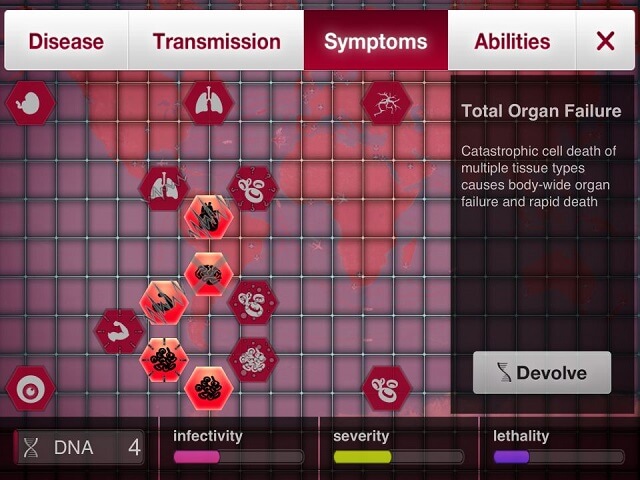

Plague bacteria secrete several toxins, one of which is known to cause beta-adrenergic blockade. Once in the body, the bacteria can enter the lymphatic system, which drains interstitial fluid. pestis can reproduce inside cells, so even if phagocytosed, they can still survive. When a flea bites a human and contaminates the wound with regurgitated blood, the plague-causing bacteria are passed into the tissue.

The swollen lymph glands are termed buboes from the Greek word for groin, swollen gland: bubo. Swollen inguinal lymph glands on a person infected with the bubonic plague. For those with pneumonic plague, symptoms may (or may not) include a cough, pain in the chest, and haemoptysis. Many people experience swelling in their lymph nodes if they have bubonic plague. General symptoms of plague include fever, chills, headaches, and nausea. Other clinical manifestations include plague meningitis, plague pharyngitis, and ocular plague. The most common form is bubonic plague, followed by septicemic and pneumonic plague. There are several different clinical manifestations of plague. It has historically occurred in large outbreaks, with the best known being the Black Death in the 14th century, which resulted in more than 50 million deaths in Europe. In the United States, infections occasionally occur in rural areas, where the bacteria are believed to circulate among rodents. In 2017, the countries with the most cases include the Democratic Republic of the Congo, Madagascar and Peru. Globally, about 600 cases are reported a year. The risk of death with treatment is about 10% while without it is about 70%. Typically antibiotics include a combination of gentamicin and a fluoroquinolone. If infected, treatment is with antibiotics and supportive care. Those exposed to a case of pneumonic plague may be treated with preventive medication. Diagnosis is typically by finding the bacterium in fluid from a lymph node, blood or sputum. The bubonic and septicemic forms are generally spread by flea bites or handling an infected animal, whereas pneumonic plague is generally spread between people through the air via infectious droplets. Pneumonic plague infects the lungs, causing shortness of breath, coughing and chest pain bubonic plague affects the lymph nodes, making them swell and septicemic plague infects the blood and can cause tissues to turn black and die. There are three forms of plague, each affecting a different part of the body and causing associated symptoms.

Usually this begins one to seven days after exposure. Symptoms include fever, weakness and headache. Plague is an infectious disease caused by the bacterium Yersinia pestis. Yersinia pestis seen at 200× magnification with a fluorescent label.īubonic plague, septicemic plague, pneumonic plague įinding the bacterium in a lymph node, blood, sputum


 0 kommentar(er)
0 kommentar(er)
